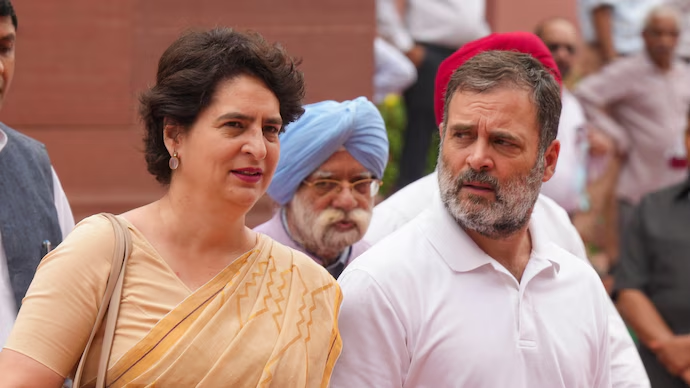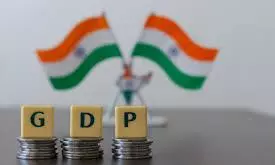
India needs 7.8% annual growth to achieve high-income status by 2047: World Bank
text_fieldsIndia must sustain an average growth rate of 7.8% over the next two decades to transition into a high-income economy by 2047, according to a recent World Bank report.
The study, titled Becoming a High-Income Economy in a Generation, highlights the necessity for comprehensive reforms in the financial sector, as well as in land and labor markets, to achieve this ambitious goal.
The report acknowledges India's impressive economic progress, with an average growth rate of 6.3% from 2000 to 2024.
During this period, the country’s economy expanded nearly fourfold, while its per capita GDP almost tripled. As a result, India's share in the global economy has grown from 1.6% in 2000 to 3.4% in 2023, positioning it as the world’s fifth-largest economy.
Despite these achievements, the World Bank cautions that reaching high-income status by 2047 requires accelerated reforms beyond the current trajectory. India's Gross National Income (GNI) per capita must increase nearly eightfold, an accomplishment that only a few nations have managed. Given global economic uncertainties, the report stresses the need for India to enhance and intensify ongoing initiatives rather than relying on business-as-usual policies.
India has already implemented structural reforms aimed at transforming the nation into a global manufacturing hub, improving infrastructure, and advancing digitalization. However, to sustain high growth levels, the World Bank recommends policy actions in four critical areas.
Boosting Investment: Enhancing capital inflows and domestic investment will be crucial for sustained economic expansion.
Structural Transformation: Encouraging sectoral shifts towards high-value industries and fostering innovation-driven growth.
Job Creation: Expanding employment opportunities, particularly in emerging sectors, while also ensuring quality jobs.
Female Workforce Participation: Raising women’s labor force participation from 35.6% to 50% by 2047, leveraging India's demographic advantage.
World Bank India Country Director Auguste Tano Kouame emphasised that countries like Chile, South Korea, and Poland successfully transitioned to high-income status by deepening their global economic integration. India, he noted, can forge its own unique path by leveraging its past achievements and accelerating reforms.
The report outlines three possible economic trajectories for India over the next 22 years, depending on the extent of policy interventions. While India’s average growth rate has already increased to 7.2% over the past three fiscal years, maintaining a 7.8% growth rate consistently will require significant efforts.
























